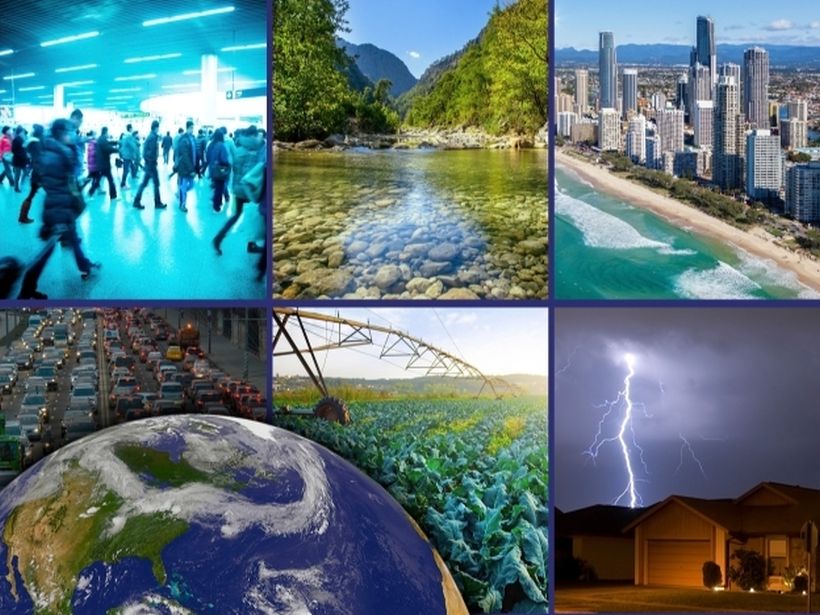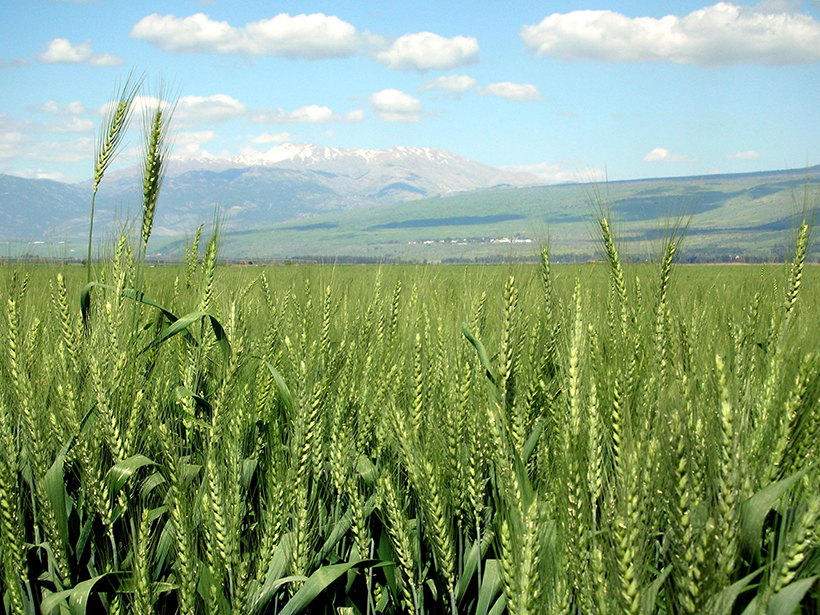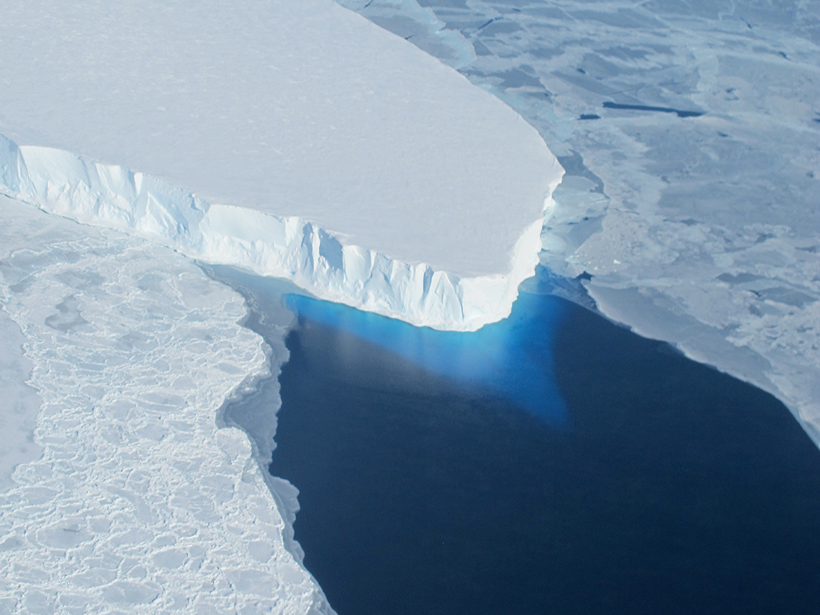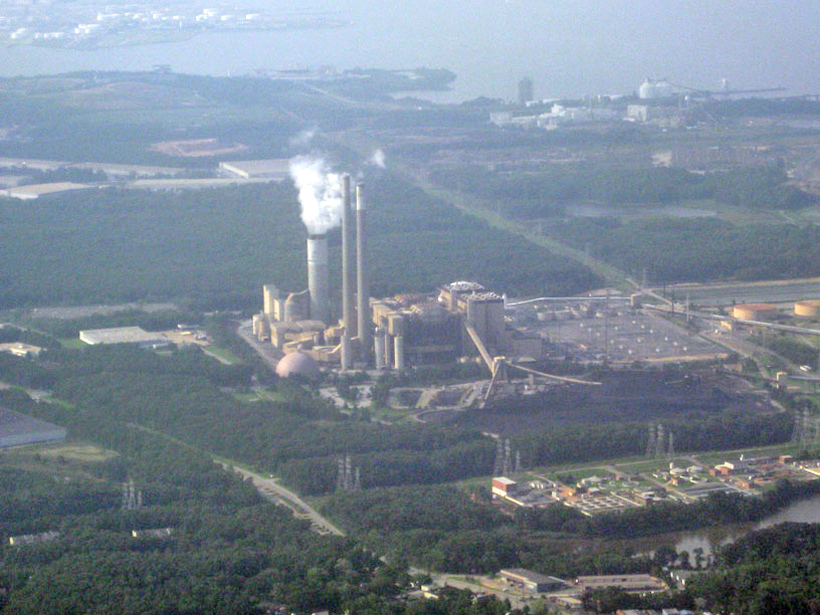Human reasoning has helped us become one of the most successful species to populate the planet, but we still struggle with cognitive biases.
Earth’s Future
Here Comes the Anthropocene
Two recent papers in Earth's Future discuss the addition of a new epoch to the geological timescale.
Which Greenhouse Gas Does the Most Damage to Crops?
Models showed that approximately 93% of crop losses over the rest of the century could be caused by non–carbon dioxide emissions, the most damaging of these being methane.
Perspectives on Climate Tipping Points
If policy makers are to make real progress, we must start meaning the same thing when we use the same words to describe climate change.
Measuring Progress Toward Sustainable Goals
Grouping targets that need to be hit into composite goals may help countries evaluate their progress toward sustainable development targets laid out by the United Nations.
Evaluating the Impact of Maryland's Healthy Air Act
Reducing emissions of short-lived gaseous sulfur pollutants from power plants had an immediate, local benefit, but controlling longer-lasting harmful particulate matter will require regional action.
Eating Less Meat, Wasting Less Food Could Save Water Worldwide
In tandem, two strategies could lower water consumption by 28% and ensure better water supply for more than 600 million people.
Watch Your Language
Legacy words and the search of a new human-environment dynamic
Antarctic Meltwater Makes the Ocean Warmer and Fresher
Scientists model how Antarctic meltwater from specific locations could affect the Antarctic Bottom Water, ocean temperatures, and salinity.
Climate Models Predict Diverse Arctic Ocean Shipping Routes
As ice melts, multiple models yield more detailed route predictions than any single model alone.







